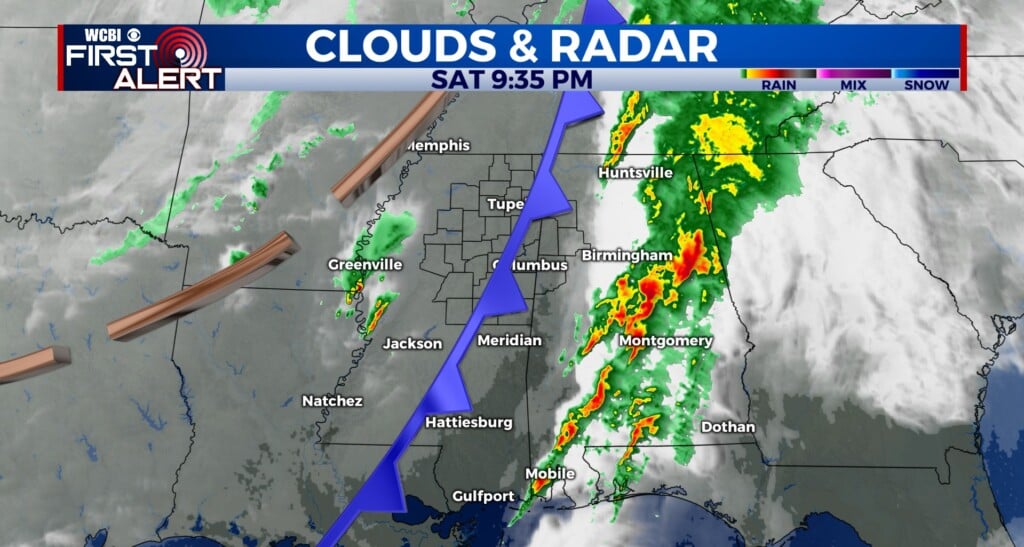Education administrator explains why Golden Triangle schools should have online learning option ready as delta variant spreads
COLUMBUS, Miss. (WCBI) – School districts across the Golden Triangle are getting set for a return to normal during the upcoming fall semester.
And while that is good news for students, the looming threat of the COVID-19 delta variant combined with Mississippi’s low vaccination rate remain.
“The virus is still out there and there are a significant number of families (across the country) that want to continue with an online option,” says Todd Thorpe, senior vice president and general manager for school service company Stride.
The Mississippi State Health Department says the delta variant “rapidly infecting Mississippians.” The Mayo Clinic lists Mississippi as having the second-worst vaccination rate in the country.
Which is why Thorpe says it’s important for schools to still offer an online learning option.
“Specific students and families that would want to choose to stay home out of fear of becoming contagious with the delta variant or perhaps passing it on to a family member,” he says.
Stride is a company that advises schools all over the country on things like curriculum, teacher training and online instruction.
Thorpe, who works with 20 school districts across 11 states, says that schools have the chance to learn from and improve the programs they had to create during 2020.
“What we refer to as emergency remote learning that that school districts provided,” he says. “So I think there’s a foundation at each of the different school districts.”
Thorpe says that adopting a single learning management system and balancing out who will teach online and who will teach in person are some of the improvements other schools have made.
But the biggest hurdle for online learning in the Golden Triangle is access.
“Equity and access is a common challenge that districts and providers face related to access to devices, access to the internet,” he says. “In the rural areas, especially.”
Thorpe says possible solutions to this issue involve schools partnering with local internet providers or choosing between asynchronous instruction…
“The students learning it on their own without a live instructor in front of them,” he explained.
…or synchronous instruction as the best fit for their students.
“Where teachers would then instruct you know through Zoom and students being on the other end,” he says.
Whether another quarantine or some other emergency, Thorpe says having that plan B can help minimize potential learning disruptions in the future.
“Having those components in place already allows for the districts to quickly pivot and move towards online instruction if required to do so,” he says.





Leave a Reply